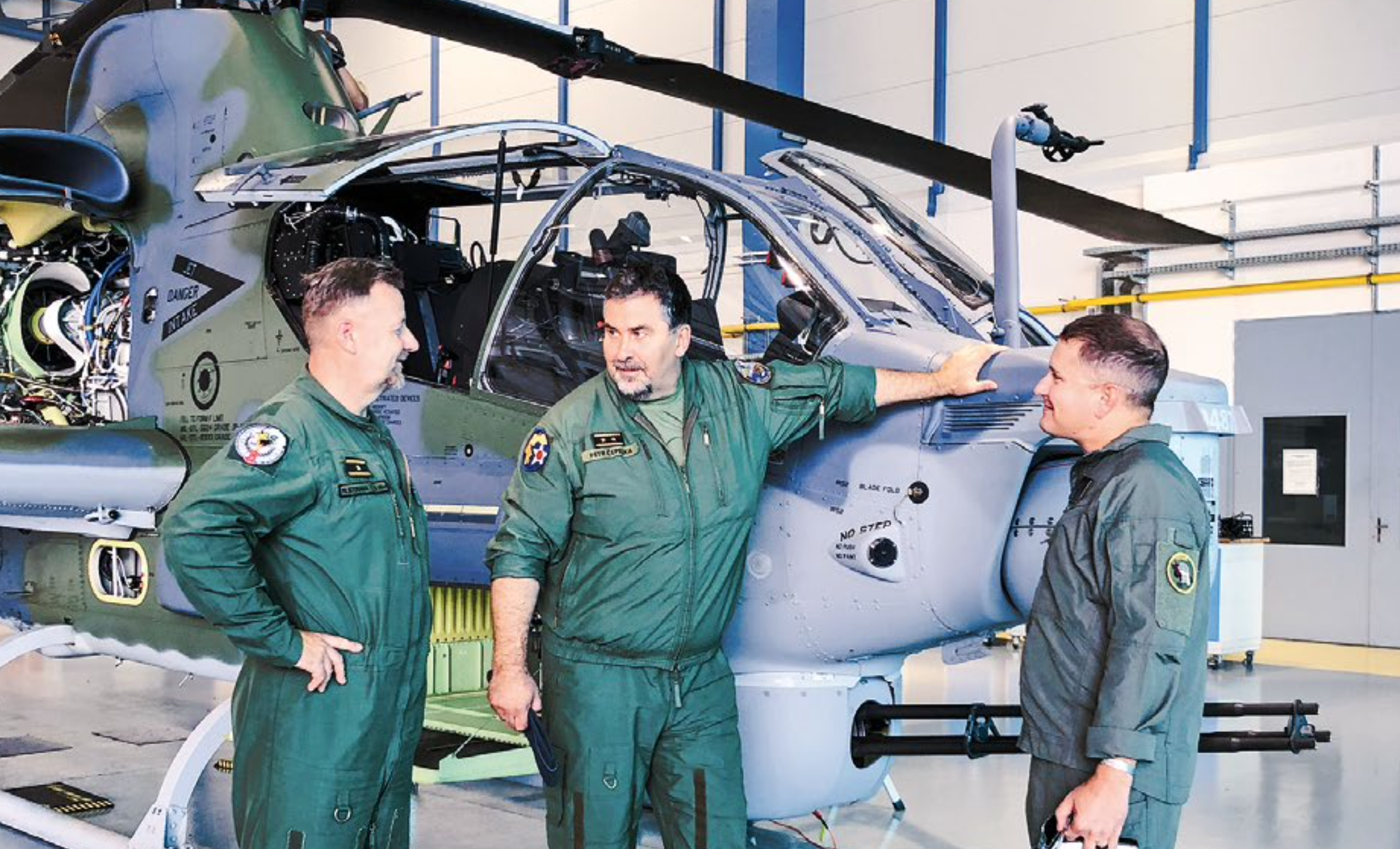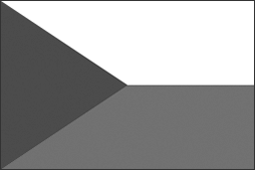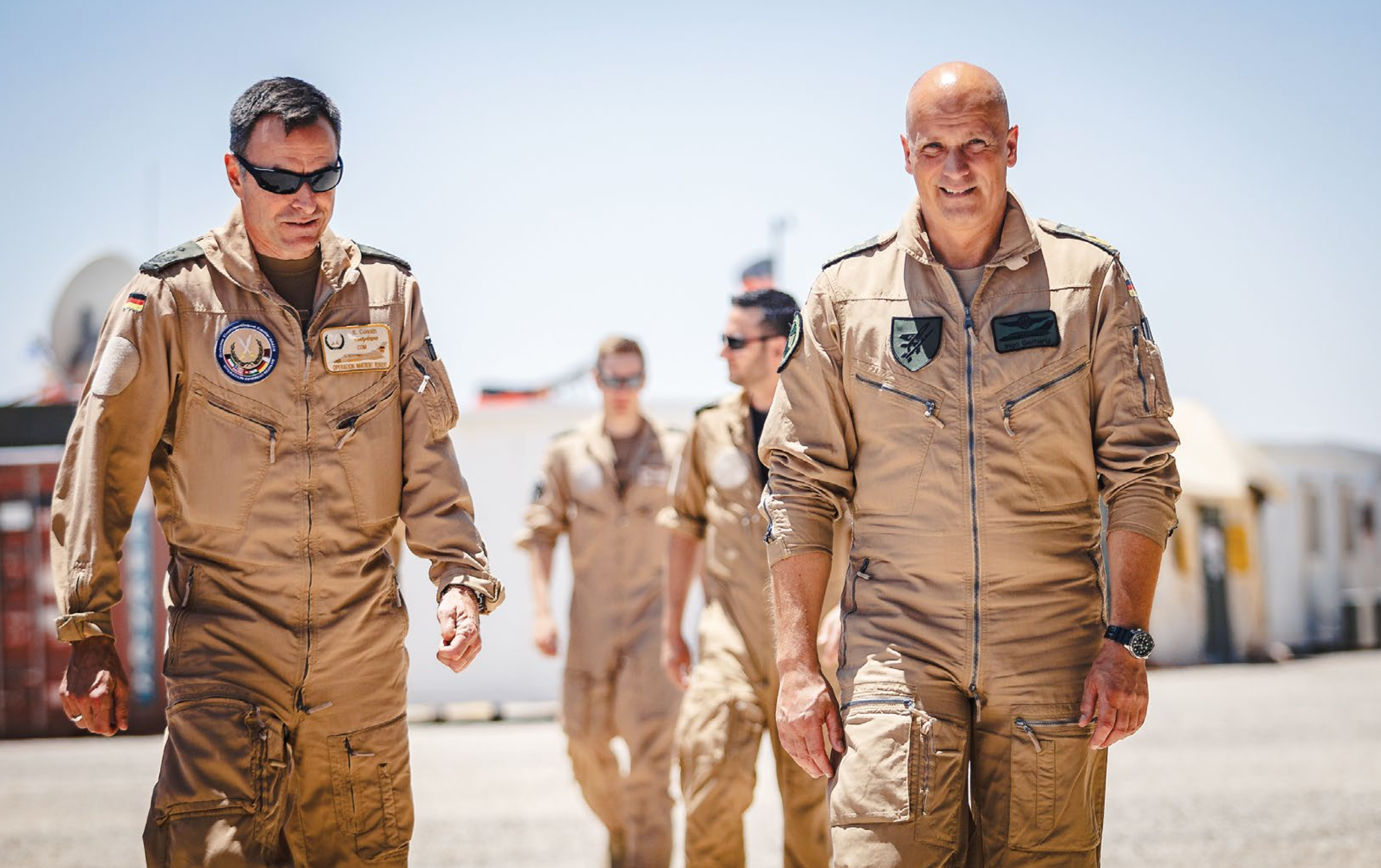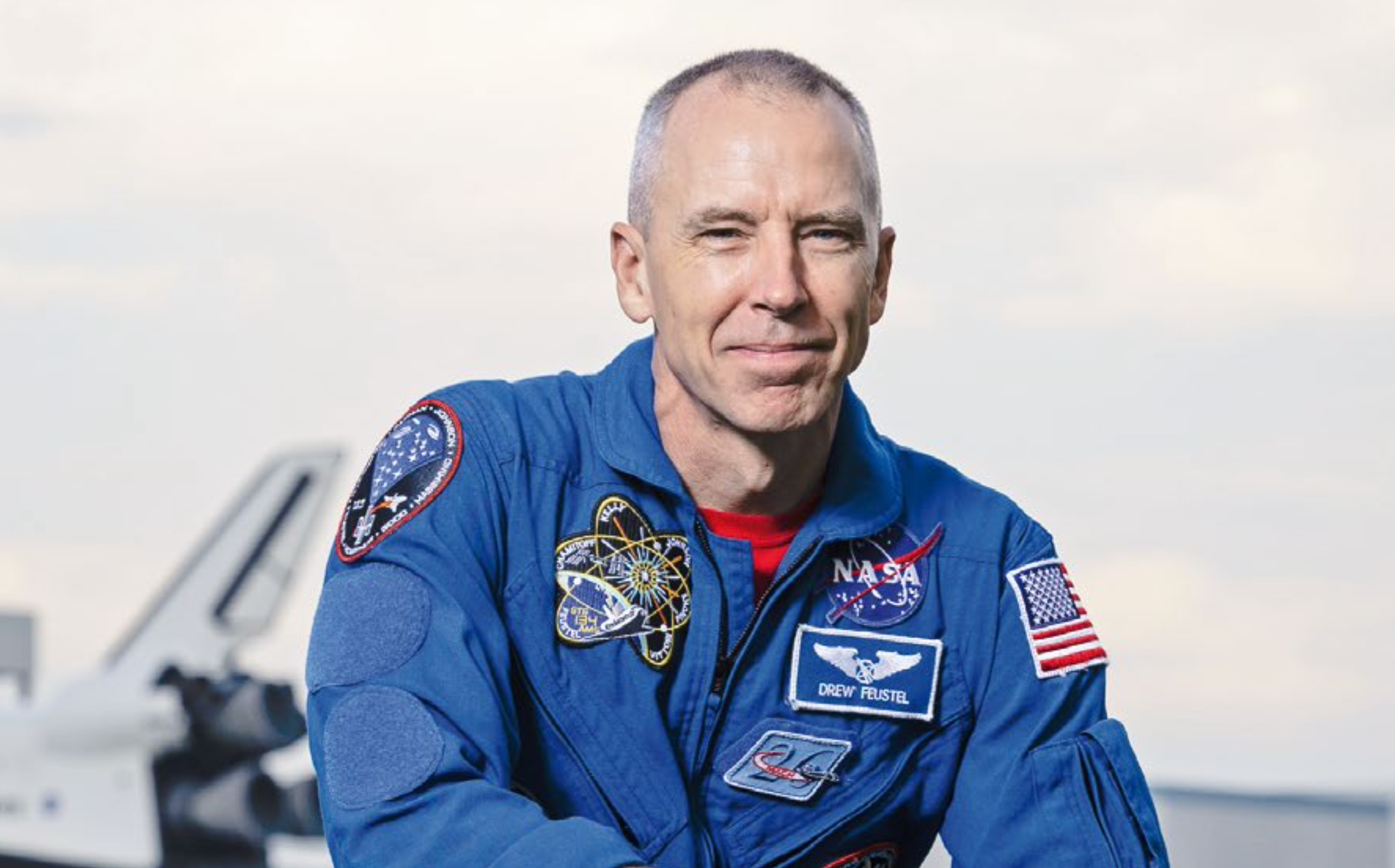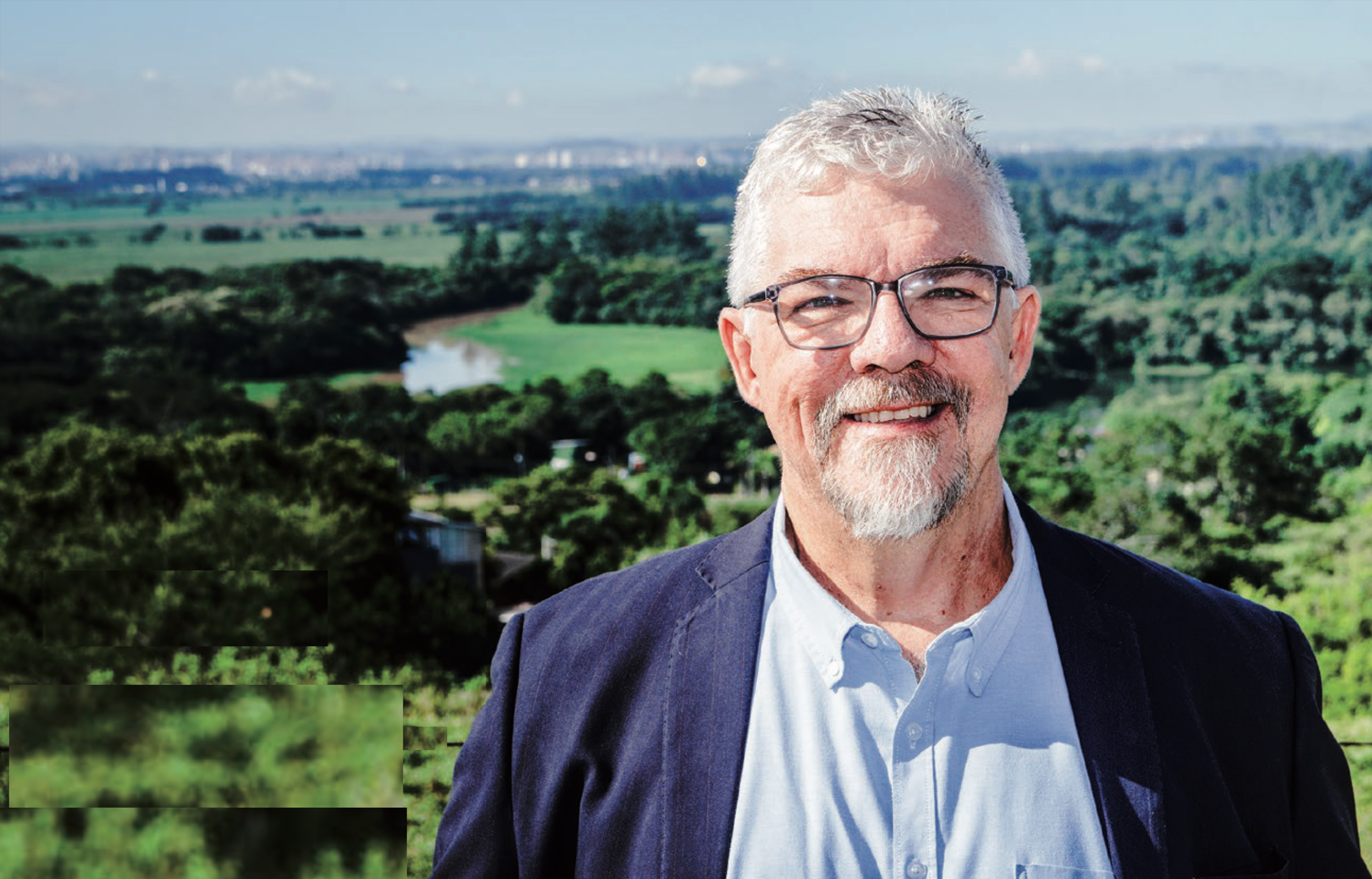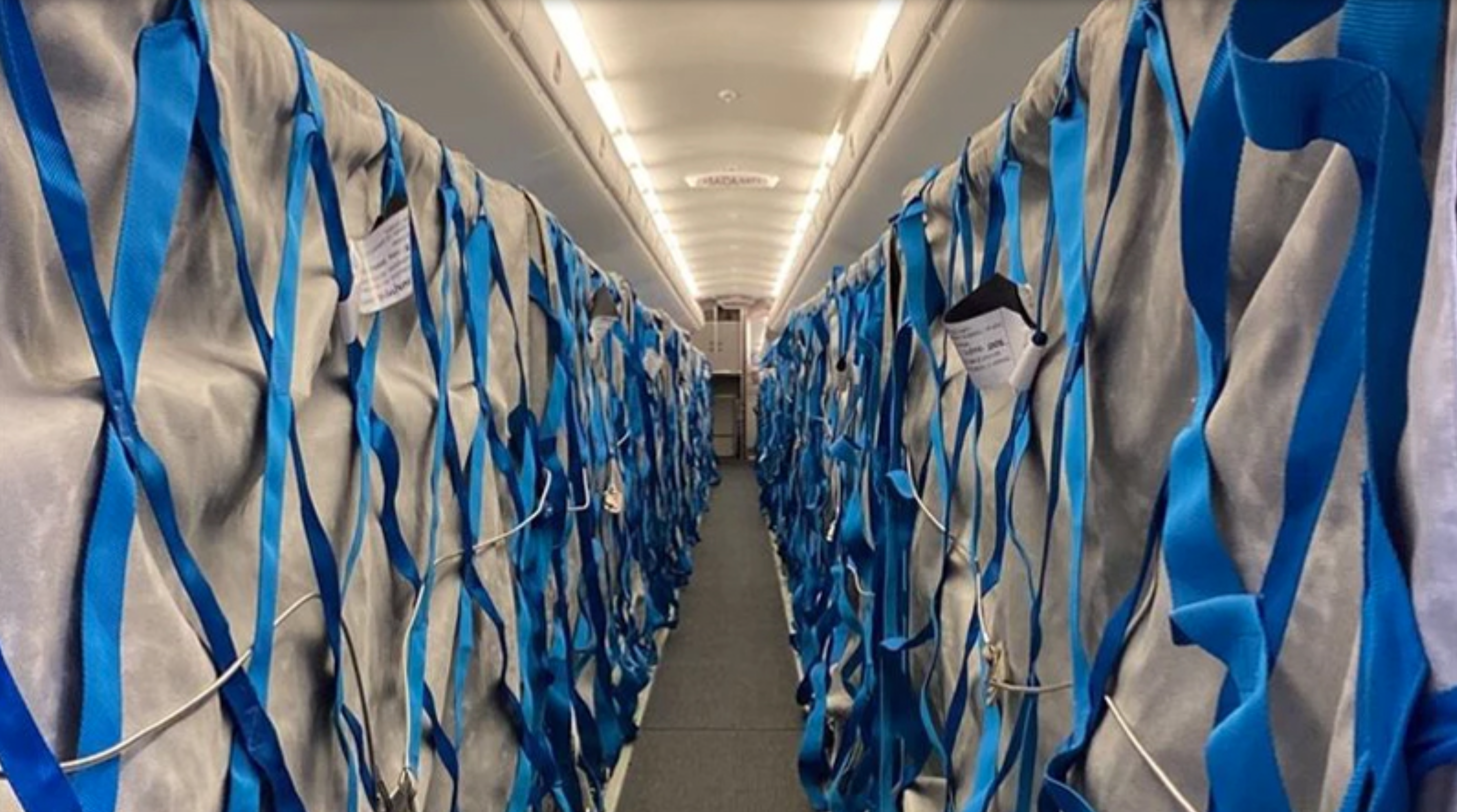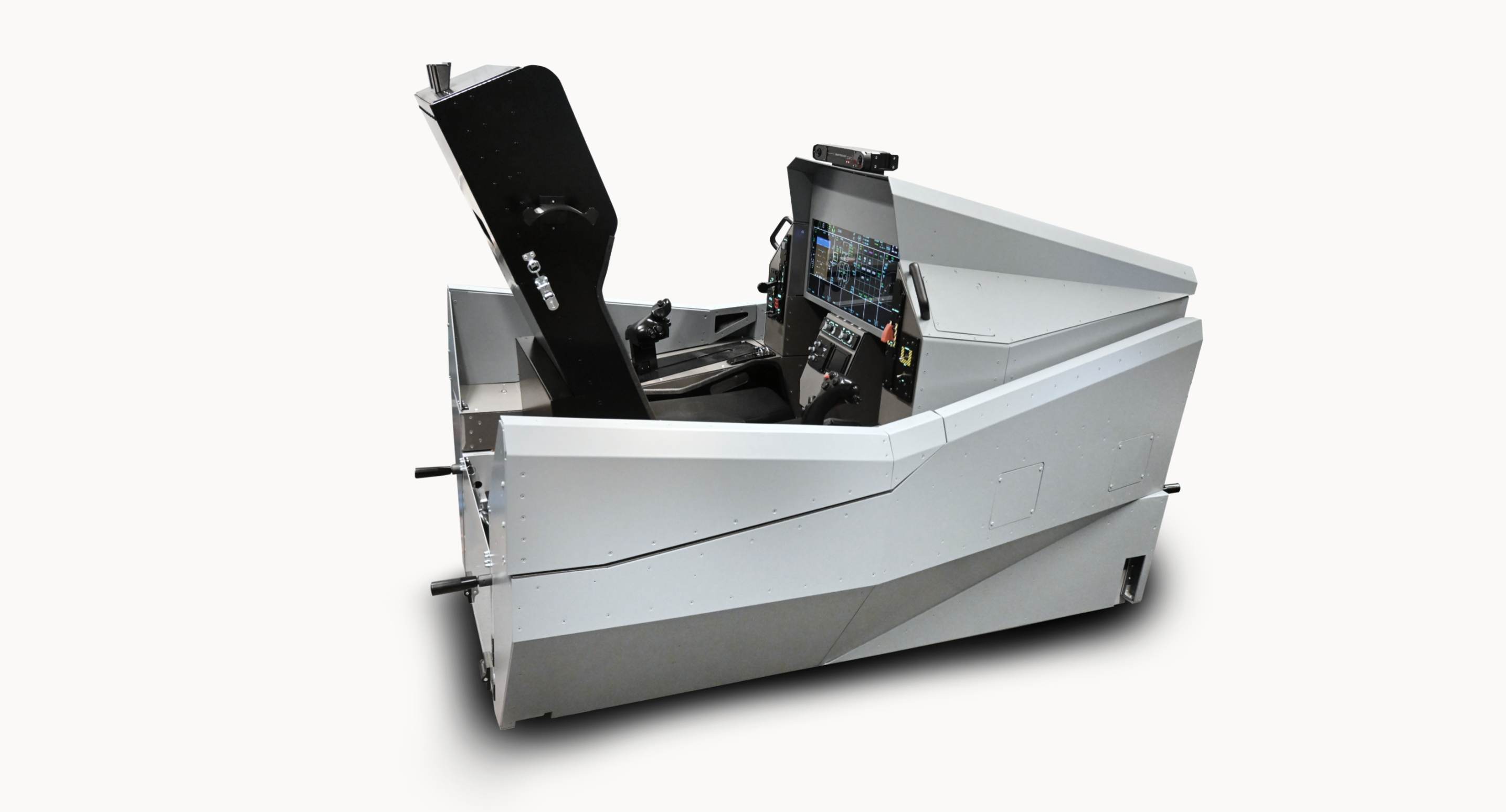Interview with prof. Michael Valasek, dean of the Faculty of engineering, Czech Technical University (CTU)
Although the Czech Republic has a reputable and long-lasting tradition in engine design, testing and production, the most modern element of the system, the CTU-managed test cell system, was built on a green field. With a significant support of the launch customer, GE Aviation Czech, the test cell aims on many aviation OEMs with readiness to absorb even testing of new technologies.
There is no better question to start with than how did the establishment of industrial – rather than purely developmental or experimental – test facility at CTU come about? It is, after all, more common in Czech circumstances for test facilities to be associated with institutions such as VZLÚ, VTÚL and PVO, or perhaps LOM PRAHA…
At the beginning, the original requirement was to build not just test facilities, but an entire ecosystem for aviation and space technology. An ecosystem is an environment represented by the university and an industrial company/companies. The university provides researchers, students and instruments. It is equipped with state-of-the-art research instrumentation that it uses for university research, but the industrial company can utilize it to perform measurements unavailable to them thus far. University researchers have the necessary knowledge in the field and a different, academic view of the topic. Working with these experts makes it worthwhile and beneficial for the industrial company to examine/discuss problems concerning their products and start a thought process and an informal research of long-term problematic topics in their field, which can sometimes result in a crazy solution and an unexpected innovation. University has students who not only boast youthful enthusiasm, but also bring a new outlook on life and the area of their expertise, they are also the anticipated future employees of the industrial company. The key advantage of a university, compared to a research institute, is the fact that every year a new generation of students comes with a new outlook on life and most of them leave 5 to 10 years later to further pursue their careers. Most research institutes usually employ researchers for the majority of their professional career and their outlook on life is usually dictated by their given generation. The other requirement was for the established ecosystem to serve more than just one industrial enterprise. This can be easily achieved by a university. Last, but not least, it seems that an industrial company can – ironically enough – protect their know-how (if protection is being applied) better at a university than at a research institute. Finally, CTU plucked up some more courage, perhaps out of ignorance.
What is it like to develop a test facility of a European format as a greenfield investment from the ground up? After all, new skills in aviation usually develop as a result of an evolution. In your case, however, it looks more like a revolution…
CTU, or any other institution for that matter, would of course never put such a facility together, if it wasn’t for a combination of unique circumstances: we were able to receive funding for large investments from OP VVV (operational program on science, research, education) and GE Aviation was willing to share their know-how of aircraft engine testing. It would not have been possible without this investment and knowledge contribution. Experience with engine testing, especially of the practical kind, cannot be bought anywhere. The new GE engine has been developed to fill the gap in the market and this corresponds with the quality of these unprecedented test cells. There are many test facilities for large aircraft engines, but not that many for smaller aircraft engines, especially a facility that can perform such essential and complex experiments.
Can you describe the test cells in terms of their capabilities? Measuring engine parameters is certainly an extremely broad concept, that could be further specified.
In general, each test cell loads a running aircraft engine in a different way, while measuring the phenomena taking place in the engine. The core test cell works only with the part of the engine containing the compressor, combustion chambre and turbine as the source of engine energy and the free turbine is replaced by an outlet nozzle, which creates a back pressure of the exhaust gases and produces thrust. The magnitude of back pressure and thrust of the engine and thus the mode of operation of the entire engine can be controlled by the back pressure of the air supplied to the outlet nozzle by external compressors. The dynamometric test cell contains the entire engine, its output shaft is braked by a water brake – the dynamometer. The propeller test cell tests the entire engine, including the propeller, which naturally brakes the engine with air resistance. All test cells allow parallel measurement of over 800 low-frequency signals (pressures, temperatures, flows,…) and 200 high-frequency channels such as vibrations or voltage. Finally, the flying test bed is a modified aircraft with two engines, one of which is replaced with a test engine. The engine is tested under real flight conditions in the entire range of the flight envelope, meaning the combination of different heights and flight speeds. In flight, about 400 channels of various engine data and engine and aircraft behaviour can be measured.
A flying test bed was meant to be a part of the facility as well. Can you describe it in more detail?
A flying test bed is a uniquely modified aircraft that allows for the installation of an experimental engine and a measuring control panel used for measuring the engine and aircraft‘s behaviour. Our flying test bed is a modified King Air 350 aircraft with a pressurized cabin, with an access up to 10 km. On the left wing, there is an installation for the engine under test and inside there are two Data acquisition system work stations for test engineers.
What type of engines of what various sizes can you test?
The test cells were primarily designed for turboprop engines. We can, however, test all other types of aircraft engines as well, especially turbine engines. The only condition is their size and performance. On the dynamometer it is 3300 kW with 10kNm of torque at 3500 rpm, on the propeller 1500 kW with 22 kN thrust and 2.7 m propeller diameter. An abundantly dimensioned Data acquisition system with 1000 or more measured channels, of which 200 or more are sampled at 200 kHz, is essential.
How is the test facility doing today in terms of authorization from aviation authorities to make its test results valid and relevant to aircraft manufacturers? Are you able to „sell the fruits of your labor“ under the CTU brand, or do you have to label them under the authorization of manufacturers such as GE Aviation Czech?
We are currently on a mission to move from Quality management system under the authorization of GE Aviation Czech, supervised by UCL under EASA, to an independent registration of the Quality management system of CTU. Here is where we take over the knowledge and best practices from GE Aviation. It would be difficult for us to offer the use of our test cells to aircraft manufacturers without an independent CTU registration.
What is the greatest advantage of your test cells? What is your competition like and what can they do? Considering the fact that your facilities have been established only recently, you certainly had the advantage of integrating the latest technology and build them on an entirely new level.
Generally speaking, there are many test facilities worldwide that accommodate large aircraft engines. When it comes to the category of smaller engines, there are not quite as many. There are many flying test beds, for instance, but mostly the size of a large transport aircraft such as Airbus, Boeing. The advantage of our test cells is a relatively high level of completion of the experiments needed for engine testing, from the core through the dyno to the propeller and the flying test bed. Our test cells are designed for research, and have a Data acquisition system capable of comprehensive measurement. Another advantage is the fact that propeller test cells have a natural horizontal air flow, unlike most, which usually have a curved air flow through an inlet and outlet chimney. Last, but not least, collaboration with the university opens up the possibility of creating an ecosystem, which is another great advantage.
How do other capacities of your faculty contribute to the work of the testing facility, from analyses to – for example – construction and so on?
The test cells are a part of the Center for Aviation and Space Research at the Faculty of Mechanical Engineering of CTU, and so they use the facilities of this faculty. Without this background, the test cells would not even have been established. With its competencies, the faculty covers the entire industry, since industry manufactures on machines, which in the end economically allows us to afford the products. So the support comes from every conceivable direction. Here are several recent examples – measuring vibrations of a structure with a laser vibroscanner, production of a trolley intended for test engine transport, design and production of cryogenic equipment to create air flow at -50°C, measurement of noise level above 160 dB, measurement of flue gas composition, automation of data processing, IT cybersecurity, and so on. The test cells were established as part of the OP VVV project framework, which is based on the knowledge and skills of the faculty for excellent research. Our ability to support the facilities in a variety of ways is growing. This is partly thanks to the gradual knowledge transfer from GE Aviation and the fact that we are developing our own expertise in the field.
How big are the test cells, in terms of the number of employees? Do you struggle to find the right experts, either from the ranks of students, or externally?
The original concept was to man the test cells by hiring staff from the suppliers VZLÚ and Praga Avia. We quickly realized, that we need to create our own teams in the test cells due to their knowledge concentration and sustainability. We now have a 5-member team for each test cell, capable of operating the facility. We do have problems finding experts, but today’s COVID era helps us to some extent.
What was the key factor that made GE Aviation Czech choose CTU as their partner, rather than – for example – the company LOM PRAHA s.p., which has a large background with several test boxes in Stará Boleslav?
GE Aviation Czech was looking to establish an ecosystem for aviation technology in the Czech Republic, and that is best achieved in a university setting, as I have previously stated. CTU in Prague, together with VUT in Brno, are the only non-military universities that have a foothold in aviation. CTU is, however, the only university where the construction of aircraft engines had been pursued. The establishment of the Department of Aerospace Engineering at the Faculty of Mechanical Engineering at CTU actually goes back to the development of the M601 engine for aircraft LET 410 in Motorlet/Walter. And from there, the path led to us. Testing facilities are being built based on the OP VVV projects and are intended to strengthen the research and education competencies in the field of aerospace technologies, and VUT in Brno takes part in this.
For the sake of a definition, CTU is a public contract authority, however, it operates in a market environment. What impact does the Public Procurement Act have on you?
Application of all laws and regulations, such as the Public Procurement Act, the OP VVV project rules, the EU Community Framework, the public university management rules and others, is indeed very demanding. Navigating in the commercial sphere comes with constant discrepancies. We can only manage this process thanks to excellent administrative staff and external consulting companies.
Given the restrictions imposed by law on public contract authorities, have you ever considered turning the test facility into its own undertaking?
We have not considered this during the development, and we are not considering it now either, since many important factors would then not be attainable. For instance, the funding applicability from the OP VVV projects, an opportunity to apply for the Large Research Infrastructure status, or the ecosystem principle performance. I am, however, not opposed to such transformation in the future, for example, the application of procedures of the Fraunhofer research organization in Germany.
In the Czech Republic, and in aviation in particular, there has been a lot of talk of the link between the academic and corporate spheres in terms of a smooth transition of graduate students to companies. How is this strategy being implemented?
Good, important things do not happen at once. Our graduates have no problem finding a job. Perhaps that is the reason why the transition is not perceived as smooth and straightforward from the companies’ point of view. If a graduate can choose, they will. On the other hand, the industrial companies are interested in the students, they offer a wide range of internships and partial employment, they assign diploma theses, and so students and companies gradually establish a mutual connection. But it is not so easy and simple, this is not a production line of employees.
Apart from GE, how does your faculty manage collaboration with aircraft manufacturers?
Yes, the Faculty of Mechanical Engineering of CTU collaborates with a number of aircraft manufacturers in the Czech Republic. As a prime example, I would mention the development of an all-composite ultralight UL-39 ALBI, built in cooperation with the companies LA composite, s.r.o. and JIHLAVAN airplanes, s.r.o.
Since the test facility project has been promoted for several years, have you noticed an increased interest in your faculty by potential students or any impact on postgraduate studies, for example?
Our collaboration with GE Aviation Czech has not affected the number of applicants at CTU, or at the Faculty of Mechanical Engineering. It does, however, affect the size and structure of the Aeronautics and Astronautics study programme. The number of students there has doubled, particularly the number of students specializing in Aircraft Engines.
When it comes to the test facilities, we almost always talk exclusively about GE Aviation Czech, as they were the main catalyst for the establishment of this facility. What are your other ambitions? Are other companies interested in this facility?
Many global and European aircraft engine manufacturers have expressed interested in the use of these test cells and creating an ecosystem in a manner similar to that used by GE Aviation Czech. Our ambition from the very start has been to build a broader base that would allow us to cooperate with a number of Aerospace companies. This was, after all, the assignment from the Government of the Czech Republic, to strengthen the research and education competencies at CTU and thus contribute to the development of aerospace activities in the Czech Republic, as this is an important segment of our industry, which can further diversify the Czech Republic’s specialization in automotive. We have been successful in fulfilling this assignment, which is why the Prime Minister Babiš and the Minister of Industry and Trade Havlíček have been taking part in the press conferences and ceremonial openings of the CTU test cells.
How do you see the future of propulsion unit development in the aviation industry? For helicopters and turboprops, new concepts of auxiliary electric propulsion for peripherals are starting to emerge, when it comes to turbocharged engines, the development seems to be moving towards a reduction in consumption and noise. Where do you think is the engine development headed in the upcoming decades?
In my opinion, hybrid propulsion aircraft will soon be developed and used, with one traditional turbine engine and several electric ones. There will also be research into and use of alternative fuels and biofuels for aircraft engines with the purpose of reducing the carbon footprint and emissions. New design and manufacture technologies will be applied, such as 3D print, blade morphing, mechatronics, digital technology, Industry 4.0 and more, and this will lead to a reduction in today’s drawbacks and help shape new benefits of aircraft engines. Reducing consumption, carbon footprint, noise levels and enhancing reliability, user comfort and performance will be the main focus. As a consequence of the COVID era, I expect an increased interest in smaller aircrafts and therefore smaller aircraft engines.
Is the test facility prepared for future testing of alternative propulsion units? What does it actually entail to measure and test an electric engine?
CTU test cells are prepared for alternative aircraft propulsion testing. Biofuels and both hybrid and electric propulsion are being considered. It appears, that in the post-covid era, alternative propulsion units for smaller aircrafts will be further explored. Testing an electric engine is not all that different. Essentially, it is a matter of braking the engine and removing the energy being supplied. This can be done on the dynamometer as well as on the propeller.
Czech aviation subjects often find their way from aviation to space technology. Is there a way of applying CTU’s skills in this area?
Yes, CTU is also involved in space technology. The Faculty of Mechanical Engineering of CTU initiated the establishment of the National Competence Center for Aeronautics and Space, proposed the establishment of Large Research infrastructure for advanced aerospace technologies, and is currently submitting projects along with Czech companies to ESA. Aeronautics and Astronautics study programme is part of the syllabus at our university.
Is CTU planning other similar projects?
Yes, we are. We have a similar project in the works with another major global aircraft engine manufacturer, to develop an ecosystem around the construction of other types of aircraft engine test facilities. This would further expand and complete the spectrum of experiments and tests that CTU could perform for research, education and for cooperation with aircraft manufacturers.
Nowadays, one cannot help but ask, how has the COVID pandemic affected your operation?
Prior to the pandemic, we had 50 engineers on site. During a period of two weeks in February 2020, we were able to keep 5 of them in the facility, while the others worked from home office, in Italy for example. Everybody saw and shared the measured data from real-time online experiments, and they could control the experiments too. It may sound very simple but securing a sufficient internet data connection and its cybersecurity was a great challenge for the IT specialists at CTU and at GE Aviation Czech as well.
Interviewed by: Jakub Fojtík, Ph.D., LL.M.
Photos by: ACE

